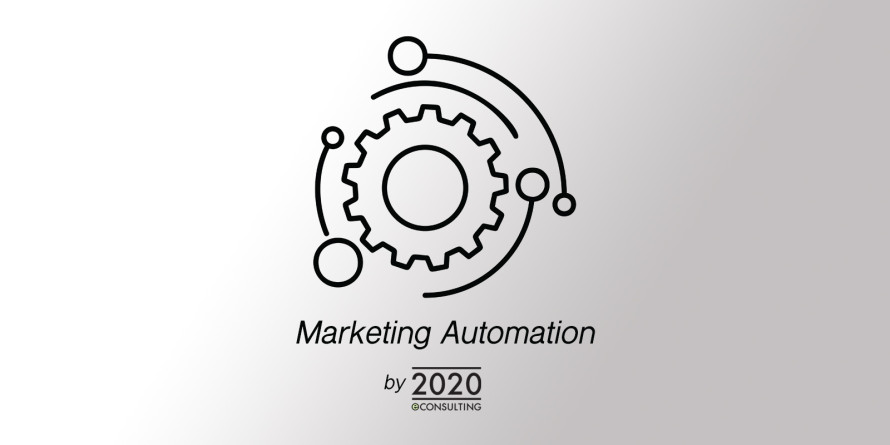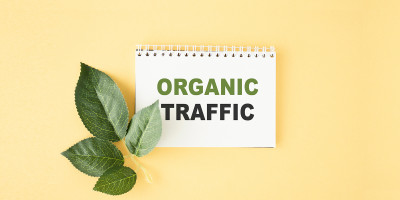8 Best Practices for Marketing Automation

Marketing automation has become an indispensable tool for small and mid-sized businesses, thanks to how it has allowed marketers to do more with less. However, not all businesses are benefiting from it, as research shows 61 per cent of companies say they find it challenging to implement marketing automation.
If done right, marketing automation has the potential to revolutionize your marketing strategy by improving conversions, boosting customer retention, eliminating manual tasks, and more. In fact, 80 per cent of marketers using automation software attest to generating more leads.
To implement marketing automation successfully, it is only important that you understand the various types of automation. Here are the different types that your brand needs to consider:
- Customer relationship management (CRM)
- Email automation
- Landing page automation
- Webform automation
- Social media automation, etc.
That said, read on to see the top eight marketing automation best practices your business can leverage:
1) Define buyer personas
A buyer persona is basically an understanding of prospective customers in regard to their backgrounds, preferences, industries, interests, location, challenges they face, and more. The whole point of defining your buyer persona is to ensure you are aware of their pain points so that you can develop a strategy that caters to all their needs.
To build a buyer persona, you can conduct surveys, interview customers and focus groups, or seek feedback on your products and services. You can also check your analytics dashboard, which is sure to give you a more definitive understanding of your ideal customers.
2) Understand your customer journey
Customer needs are ever-evolving from the first time they meet your business and as they continue to interact with it. Therefore, your marketing campaigns should reflect this by engaging them through relevant content. This helps them navigate successfully from the initial stages through the entire process.
Begin by creating a customer journey map that indicates the touchpoints your customers go through to get a better view of what they need and when. For instance, you can set up automated welcome emails to engage them, rather than bombard them with promotional messages at the early stages of engagement. Your automation software can help you customize the messages depending on how your target audience responds.
3) Collect the right data
Acquiring client data is important, but having accurate and relevant data is even more essential. Here, the information you seek depends on factors such as your product, target audience, and relevance. Keep in mind that inundating potential clients with questions does not mean they will convert. Therefore, you have to narrow your search to what will increase your chances of getting a positive response from buyers.
While collecting information about customers, begin by analyzing the traits that influence their needs. Proceed to make a list of all the data you need, from location to revenue and demographics, and be sure to customize the data you collect as buyers continue to interact with your business.
4) Score your leads
Lead scoring is a viable way to assess contact behavior to better understand how potential buyers are interested in your company or products. With this information, you know exactly what efforts you should prioritize in your automated campaigns. After all, you probably have finite resources, and so you ought to use them for maximum benefits.
To set up lead scoring, create a lead scoring model by giving every action a numerical value based on how they provide valuable insight into customers' interests. Actions could range from attending a webinar, visiting the pricing page, viewing blog posts, and so on.
You can then use automation workflows to assign points to leads, and the score will tell you what area helps increase leads and what needs a bit of tweaking. This will go a long way in helping you maximize conversions.
5) Offer great value to attract leads
To attract buyers and keep them coming back, it is imperative that you offer value in all forms, including through products and content. And in the age of content proliferation and information overload, the only way to keep customers interested is by providing unique and high-value content.
To create solid content that can help you generate leads, make sure you have a definitive understanding of your customers. Also, be sure to leverage all possible platforms such as webinars, infographics, eBooks, articles, blogs, videos, etc. Your content should be sure to target the different stages of buyers' journey, and more importantly, address the current as well as potential challenges.
6) Create multichannel experiences
The secret to enhancing communication and reaching a broader audience is to integrate multiple channels in your workflows. Using more than one communication channel means maximizing your chances of engaging more buyers and converting them to leads. In any case, some channels are more effective than others depending on the nature of the message.
For example, compared to email, SMS marketing is ideal for time-sensitive messages and reminders. Case in point: when creating an automation workflow for event registration, you can start by sending automated emails providing more information about the event. On the day of the event, you can send a reminder through SMS, and straight afterward, send a thank you SMS along with a request asking participants to fill out a feedback survey.
You can also combine SMS and email marketing with social media to increase buyers' touchpoints. The bottom line here is creating a multichannel experience can help you communicate more effectively with customers.
7) Automate internal processes and not just campaigns
The whole point of automating your marketing efforts is to save you time and resources, especially for small businesses with limited resources. However, most of them limit themselves to campaign automation while leaving out other manual tasks that can be automated as well. Here are some activities you can also automate:
Segmenting contacts -- You can keep your contact list updated using automation by adding contacts to your list based on the action a customer takes.
Cleaning your lists -- You can eliminate subscribers who are not actively engaging using marketing automation. You only need to set a workflow that removes contacts that fit the criteria.
Assigning leads -- To promptly address the concerns of your leads, you can automatically assign a representative to handle them.
8) Track performance
Tracking your performance is crucial in seeing what is working and what needs adjustments. For example, if more people are unsubscribing to your messages, it means there is something you need to work on. Following up on how customers engage with your business will ensure you offer relevant content, address your customers' needs, and ultimately convert more leads.
Marketing Automation Summary
Marketing automation is what your business needs to boost your marketing efforts, grow your customer base, and accordingly increase profits. These tips are sure to offer the guidance you need to build a viable marketing strategy.
Get AutomatedYou may also enjoy...

Feb 24, 2022
5 Easy Ways to Boost Conversion Rates for Your Online Business
You build an e-commerce website and populate it with high-quality, original, search-friendly content that attracts targeted traffic. Each time a visitor takes action on your site, such as signing up for a newsletter, downloading…
 By
By 